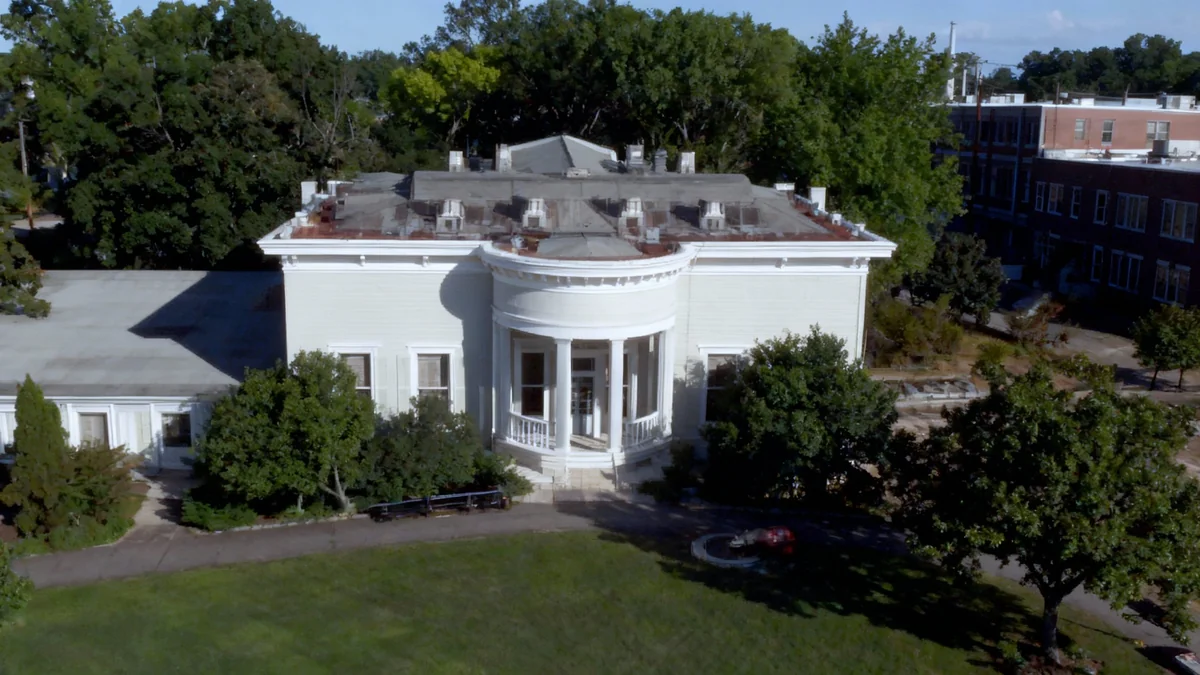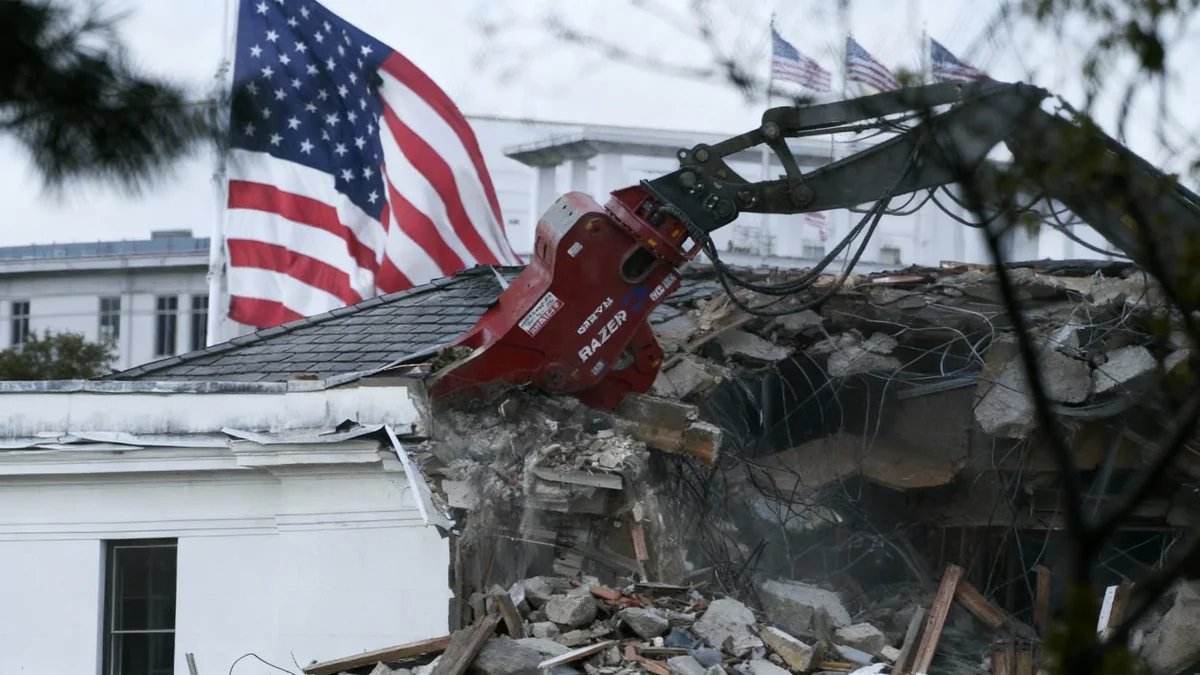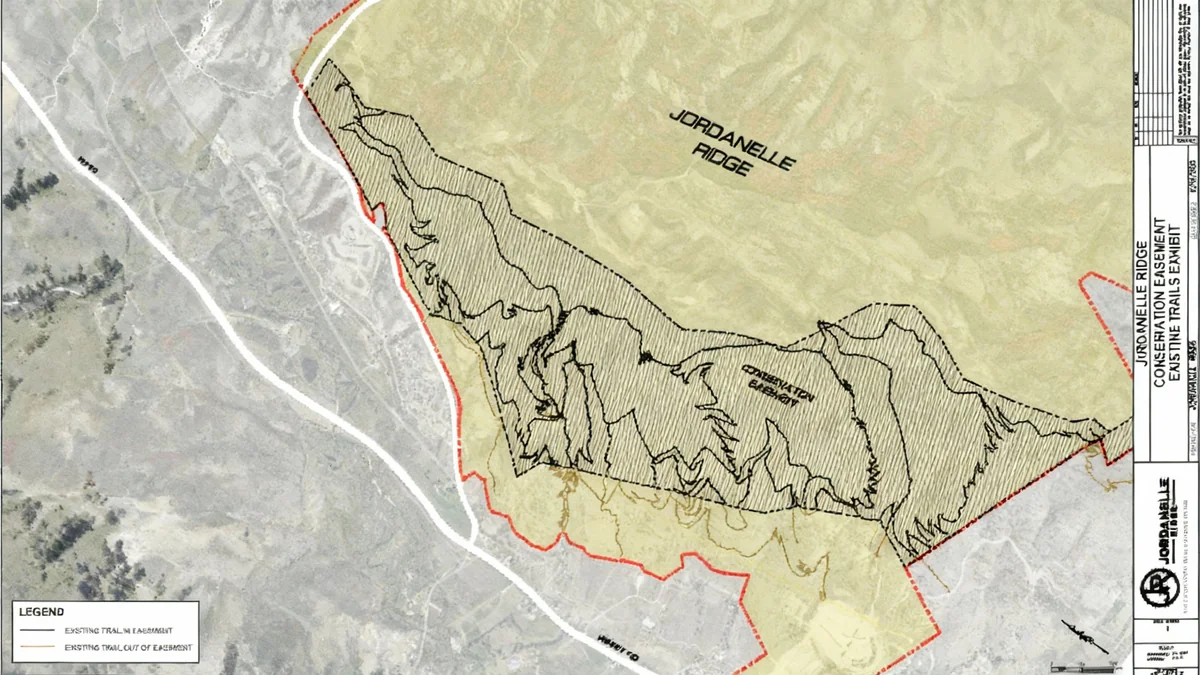The entire East Wing of the White House has been demolished, an action confirmed by satellite imagery showing a large construction site where the historic structure once stood. The administration has stated the demolition is part of a plan to construct a new, 90,000-square-foot ballroom, a project President Donald Trump has described as a top priority.
Key Takeaways
- Satellite images confirm the complete demolition of the White House East Wing, a structure that has stood since 1902.
- The project's stated goal is the construction of a 90,000-square-foot ballroom, which the administration calls its "main priority."
- Historic spaces including the East Colonnade, the family movie theater, and the Office of the First Lady have been razed.
- All public tours of the White House have been suspended indefinitely, cutting off public access to the historic building.
A View From Above
Satellite photographs captured by Planet Labs reveal the extent of the changes at 1600 Pennsylvania Avenue. Where the East Wing and its iconic colonnade previously connected to the Executive Residence, there is now a cleared site with construction equipment.
The images from space corroborate ground-level reports of heavy machinery and rubble. The demolition work proceeded quickly, transforming a significant portion of the White House grounds in a matter of days.
This rapid alteration of the historic site has prompted concern from preservationists and former White House officials who question the lack of public discourse before the demolition began.
A Century of History
The East Wing was originally constructed in 1902 to serve as a formal entrance for the public and guests. Over the decades, it evolved to include critical functions, housing the Office of the First Lady, the White House Social Secretary, and other staff. It was an integral part of the White House's public and operational identity.
Historic Spaces Lost
The demolition has resulted in the permanent loss of several historically significant spaces. The East Colonnade, a covered walkway that provided a scenic path from the residence, is gone. This was famously pictured in a 2009 photograph of President Barack Obama running with the family dog, Bo.
Also destroyed was the family movie theater, a private screening room used by presidential families and their guests since the 1940s. The theater hosted private screenings for dignitaries and celebrities, including a 2010 event with President Obama, Tom Hanks, and Steven Spielberg.
The Office of the First Lady, along with the offices of her staff, was located in the East Wing. First Lady Melania Trump and her staff have reportedly been relocated to the main White House residence and the nearby Eisenhower Executive Office Building. The First Lady has not issued a public statement on the demolition of her former office space.
Public Access Halted: The East Wing served as the starting point for all public tours of the White House, which accommodate hundreds of thousands of visitors annually. With its demolition, all public tours have been paused "indefinitely."
Administration Cites Modernization Amid Ballroom Plans
The Trump administration has stated that the East Wing will be "modernized and rebuilt," but has not released any architectural plans or a timeline for this supposed reconstruction. In contrast, detailed renderings for the 90,000-square-foot ballroom project have been made available.
Press Secretary Karoline Leavitt confirmed on Thursday that the president’s ballroom project is his "main priority."
President Trump has dismissed criticism of the project, stating that the East Wing "was never thought of as being much" and that it "was a very small building."
The president has also commented on the noise from the demolition work, which could be heard from the West Wing. He reportedly described the sound of the destruction as "music to my ears."
End of an Era for White House Visitors
For generations, the East Wing was the gateway for the American public and international guests. It was the entry point for state dinners, official receptions, and public tours, making it one of the most accessible parts of the "People's House."
Its destruction signifies more than the loss of a physical structure; it marks a significant shift in the White House's public-facing role.
Former officials who worked within its halls have expressed dismay over the decision to raze the building without what they feel was adequate consultation. The indefinite suspension of tours leaves the future of public access to the White House uncertain, fundamentally altering a long-standing tradition of citizen engagement with the nation's most famous residence.





